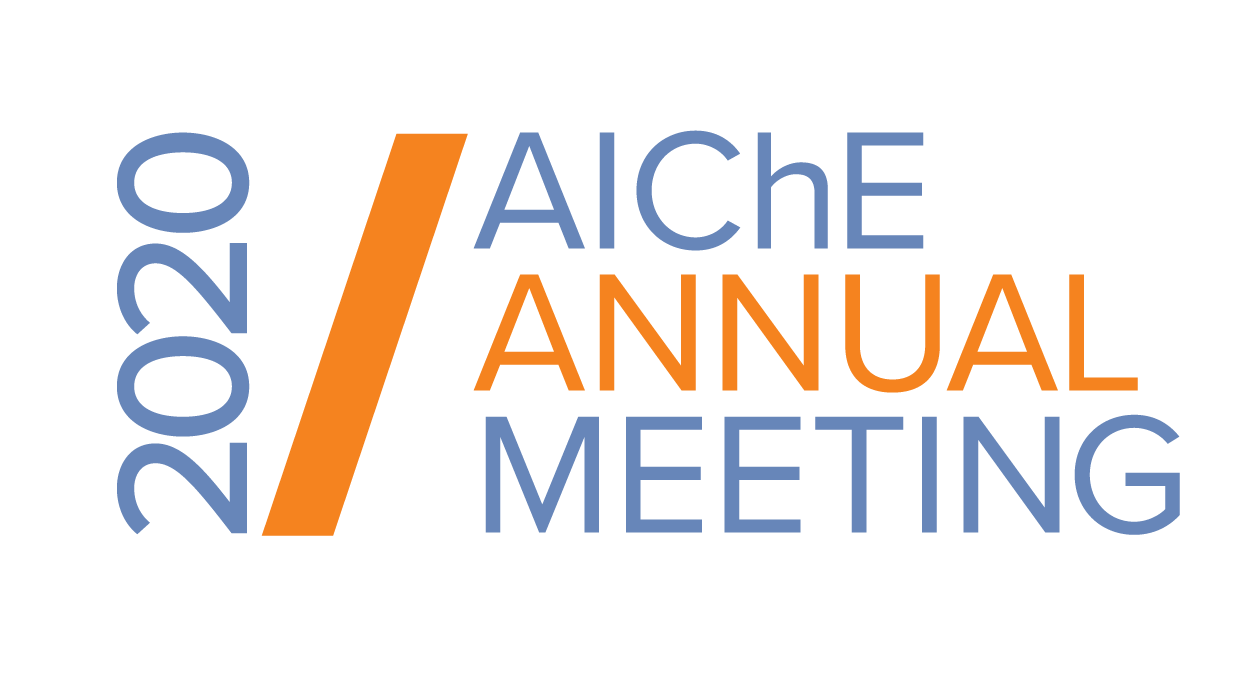

Neurons communicate through chemical neurotransmitter signals that either terminate at the postsynaptic process (“wired transmissionâ€) or diffuse beyond the synaptic cleft to modulate the activity of larger neuronal networks (“volume transmissionâ€). Molecules such as dopamine belong to the latter class of neurotransmitters, and have been the pharmacological targets of antidepressants and antipsychotics for decades. Owing to the central role of dopamine over a range of behaviors and psychiatric disorders, real-time imaging of the signal’s spatial propagation would constitute a valuable advance in neurochemical imaging. To this end, we present a nanoscale near-infrared fluorescent nanosensor for dopamine and demonstrate its efficacy for imaging dopamine volume transmission in the extracellular space of the brain striatum and prefrontal cortex (Beyene et al. ACS Chem. Neuro. 2017). The sensor is developed from polymers pinned to the surface of single wall carbon nanotubes (SWNT) in which the surface-adsorbed polymer is the recognition moiety and the carbon nanotube the fluorescence transduction element. Excitonic transitions in functionalized SWNT yield up to ΔF/F = 4500% near-infrared fluorescence emission in the presence of dopamine (Beyene et al. Nano Letters 2018). We next demonstrate imaging of evoked dopamine release in acute striatal slices, and show altered dopamine reuptake kinetics when brain tissue is exposed to dopamine agonist and antagonist drugs (Beyene et al. Science Advances 2019). Lastly, we discuss how to evolve synthetic molecular recognition for other neuromodulators of interest, such as serotonin (Jeong et al. Science Advances 2019). We characterize our findings in the context of their utility for high spatial and temporal neuromodulator imaging in the brain, describe nanosensor exciton behavior from a molecular dynamics (MD) perspective, and validate nanosensor for use to elucidate dopaminergic signaling variability with disease or pharmacological perturbations at a synaptic scale.
Presenter(s)
Once the content has been viewed and you have attested to it, you will be able to download and print a certificate for PDH credits.
If you have already viewed this content,
please click here
to login.
